Cooking grilled Portuguese chouriço at home
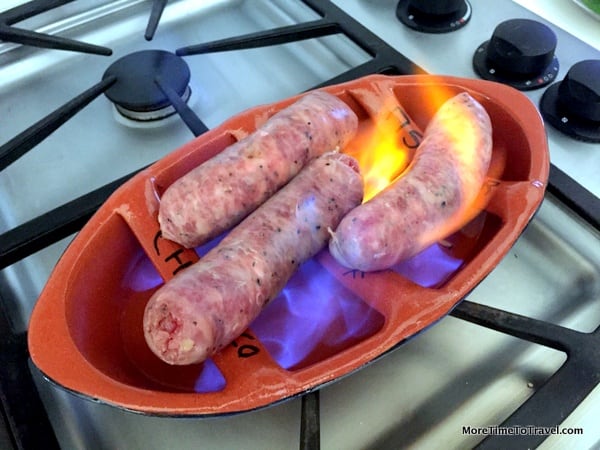
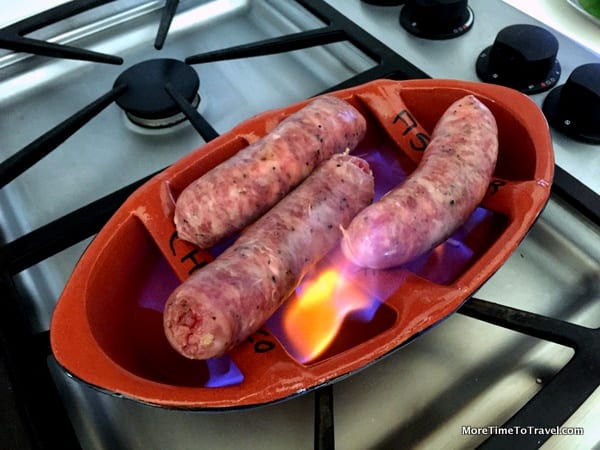
A tale of a failed home-cooking experiment with Portuguese chouriço (sausage).
At the last stop on our food tour with Taste Porto Food Tours we sampled several different meats and cheeses at Taberna Do Largo. They were all great tastes but we fell in love with the moist, flavorful grilled link sausages called chouriço.

One of Portugal’s most popular types of sausages, they’re made with made with pork, fat, paprika, garlic and salt, stuffed into a casing. They can be eaten as a snack with a glass of wine, on sandwiches, or in a hearty soups called caldo verde.
Our tour guide and the restaurant server showed us how simple they are to prepare. The sausages can be cooked in a matter of minutes tableside, in a small, special-purpose piece of glazed pottery that’s fired with a grate at the top.
Finding our own assador de chourico

The taste of the chouriço still lingered in our mouths when we passed a shop on nearby Rua das Flores, a busy pedestrian shopping street lined with bars, restaurants, boutiques and souvenir shops. Then a stack of colorful glazed terracotta dishes on one side of a window display caught our attention.
Each had the phrase “assador de chouriço” painted on top in black (probably for tourists). Loosely translated, assador means “spit.” Sometimes these dishes are playfully shaped like pigs but these were similar to the one used at our tasting.
The price of the sausage cooking vessel was about 17 Euros. I questioned whether we wanted to carry a somewhat heavy clay dish home (along with our bottle of Port) but my husband, Jerry, was unequivocal. So we picked a pattern and purchased the dish to replicate our Porto experience at home.

Getting ready
At an Italian salumeria close to home, we purchased three link sausages and assembled the essential ingredients we needed for our home cooking adventure:
1) Sausages
2) Fuel (undrinkable, too-strong Columbian Aguardiente [firewater] we once received as a gift).
3) Long-stem wooden matches to ignite the firewater (without burning our fingers).
Grilling the world’s most expensive sausages
We placed the sausages on the dish, poured about a ½ inch of Aguardiente into the bottom and lit the liquid from below. It didn’t ignite.
Sensing we needed more information, we did some quick research on the Internet (where the precise information we needed was limited)—and realized we had made some mistakes.
- Blue flames can’t be seen unless the room is dark so we turned off the lights in the kitchen for our next try.
- A minimum of 80-Proof fuel is as needed for ignition (our Aguardiente was only 60 Proof). We switched to an expensive bottle of Platinum Tequila and used up half the bottle before we realized we might have been cooking the world’s most expensive sausages.

Despite repeated efforts and fuel infusions, the sausages never got fully cooked! We decided we had better finish cooking them in the oven or risk a case of trichinosis.

What we learned about grilling chouriço
The next morning we emailed Ines, the bilingual customer service agent at Taste Porto, for advice and instruction—a call we should have made before we started.
We realized some basic mistakes:
- With hindsight, of course, we should have used chouriço or chorizo (the Spanish version), not Italian sausages. The former are already smoked, acquiring only texture and flavor from the flamed cooking process.
- The sausages are supposed to be sliced partway through with a knife before heating so they develop a brown crust.
- The fuel is poured over the sausage too, not only placed in the dish. This way it also cooks the top of the sausage.
Had we done this correctly, rather than improvising, we would have had cooked chouriço in minutes. We plan to take another stab as soon as we locate the right sausages.
The bottom line
You never know what makes a dish memorable when you’re traveling. It can be eating the food product in the place where it’s grown or produced, or the fit between the dish and the ambiance of the setting. It also may be that it is paired with just the right piece of crusty piece of bread or glass of local wine.
On second thought, maybe we would be better off returning to Porto than attempting to recreate the experience!


Have you ever had a failed cooking experiment inspired by your travels?
Sources:
- What is chouriço?, on Sara Moulton.com
- Chorizo on Wikipedia
Video on YouTube (in Portuguese)

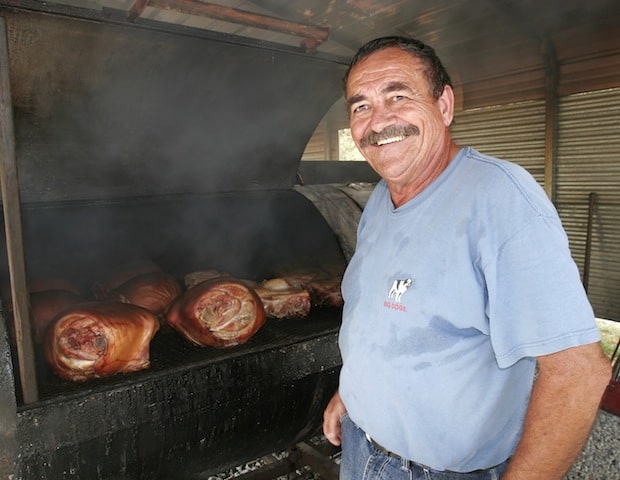

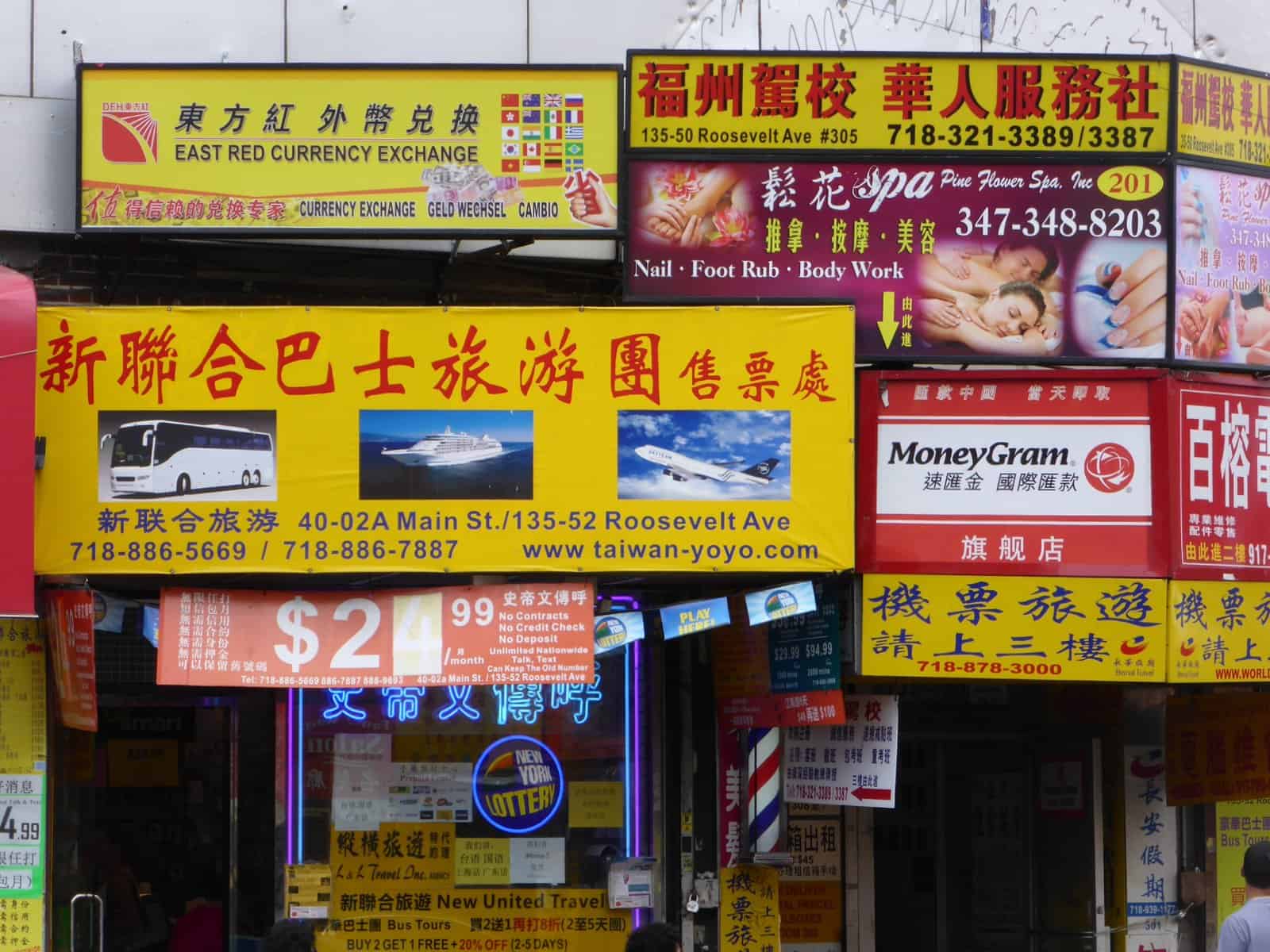

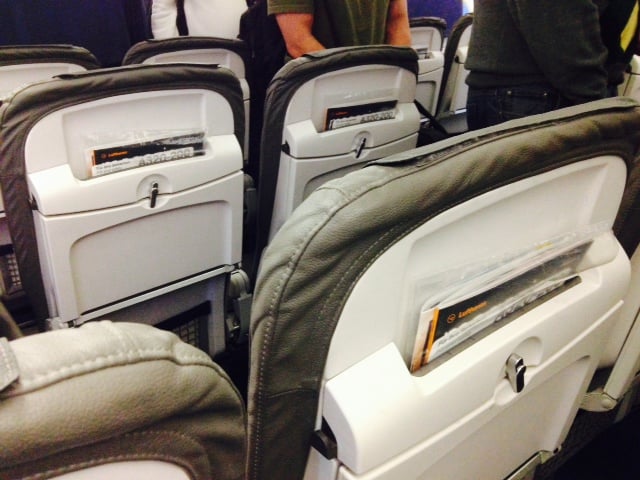
Well, it was a good, honest try…but it’s just never the same at home, even if you replicate the exact recipe!
Sounded like fun anyways, and you still have that special cooking dish, as a souvenir. Maybe try once more. Practice makes perfect, as they say!
Please don’t give up! Those sausages sound so good. Loved your story.
My first mission is to find those Portuguese sausages in New York—which seems pretty doable.
Oh, that’s a laugh! Using your expensive Tequila for cooking! We never have all the right stuff (proper ingredients, etc.) to replicate something we’ve tasted while traveling. Too bad your sausages didn’t turn out… Hope next time turns out better :-).
I just returned from Portugal and bought one of those little assadors once I got home. I didn’t have much luck either, and while I didn’t have Portuguese chourico I did have a good smoked sausage (andouille), and some 80-proof alcohol. But couldn’t get the flame to stay lit. I read in another blog that one should warm the dish on the stovetop first (to heat the alcohol presumably) for about a minute, then light it, but I was trying to do it all outdoors (in case I blew up the kitchen). Also the last night we had this in Portugal at a cooking class, the gal making it simply brought a plate and the sausage out, dumped the alcohol in and lit it. I plan to try again, and I think I’ll use Everclear. 🙂
Funny, how something that looks so easy can be so tricky. Good luck!
The chorizo grills can be tricky to light that’s for sure.
Apparently it also helps to soak you terracotta dish in water for 24 hours and let it dry completely. It is supposed to help with ‘seasoning’ the dish making it ready to heat.
Also, it is good to use at least 5-10mm of liquid in the base so the flames are high enough to reach the scored chorizo.
It seems to make a difference which alcohol you use. I’ve tried Grappa and Firewater and both have worked really well.
Thanks for the helpful hints!